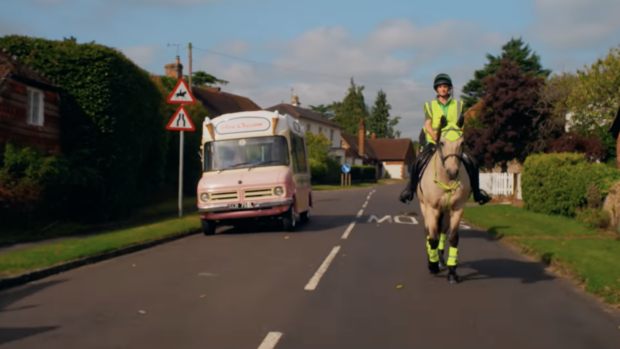The first ever strategy for the horse industry in England and Wales was launched yesterday by the British Horse Industry Confederation (BHIC), in partnership with Defra, the Department for Culture, Media and Sport and the Welsh Assembly.
Jim Knight, Defras minister for the horse industry, who launched the strategy, said: The strategy is testimony to the major contribution which the horse industry makes, both to our economy in general and to the lives of so many people in cities and rural areas across England and Wales.
The strategy aims to create a “healthier” equestrian industry. A clear vision of where the horse industry aspires to be in 10 years time is summarised in the 105-page document. It also details what actions are needed to achieve this and how the government can help the industry achieve its goals.
From rural regeneration and environmental protection, to health and education, the horse industry has a key role to play in delivering our national priorities, said Knight, I share with the BHIC a strong conviction that the industry has the potential to develop further and contribute more — and this strategy is aimed at unlocking that potential.

Pictured left to right at the strategy’s launch: Graham Corey, Jim Knight, Lee Pearson
The purpose of the strategy is to better utilise the £3.4bn horse industry by enhancing its contribution to the social, educational and sporting life of the nation. By promoting equestrianism to local councils and education authorities, equestrian activities will become widely available to people from less privileged backgrounds, those with mental health problems and those in young offender institutions. In this way equestrianism can lose its elitist image.
Golf is regarded by some people as being elitist, Knight summarised, but not in Scotland where it is a working persons sport and there is no reason why the same cant be said for riding in this country.
Paralympic gold medallist Lee Pearson, who attended the launch, said: Working with horses has helped my personal development in all areas. What riding has given me is respect. Representing Britain was just a dream but it came true. I want to positively encourage others to do the same.
Both grass roots and top level riders are considered in the strategy. Graham Cory, chairman of BHIC, said; There is nothing wrong with being an elite rider I hope we produce lots of elite riders for Bejing and London. But every day riders are also set to benefit from the strategy. Among its aims are more bridleways to steer riders away from busy roads and innovations in insurance and breeding to improve the customer experience.
Knight and Cory hope a healthier industry will be the result of the strategy. We want increasing amounts of people to feel they can access the equestrian world, said Knight, People should be able to see a career for themselves working with horses. This will be an indicator that the industry is sufficiently robust.
Aims of the first horse industry strategy
1. to bring the Horse Industry together and develop its national, regional and local impact;
2. to increase participation in equestrianism and the social contribution of the Horse Industry;
3. to boost the economic performance of equine businesses;
4. to raise equestrian skills, training and standards;
5. to increase access to off-road riding and carriage driving;
6. to consider the environmental impact of the horse;
7. to encourage sporting excellence; and
8. to improve the quality and breeding of horses and ponies.
SUBSCRIBE TO HORSE & HOUND AND SAVE Enjoy all the latest equestrian news and competition reports delivered straight to your door every week. To subscribe for just £1.43 a copy click here >>
|




